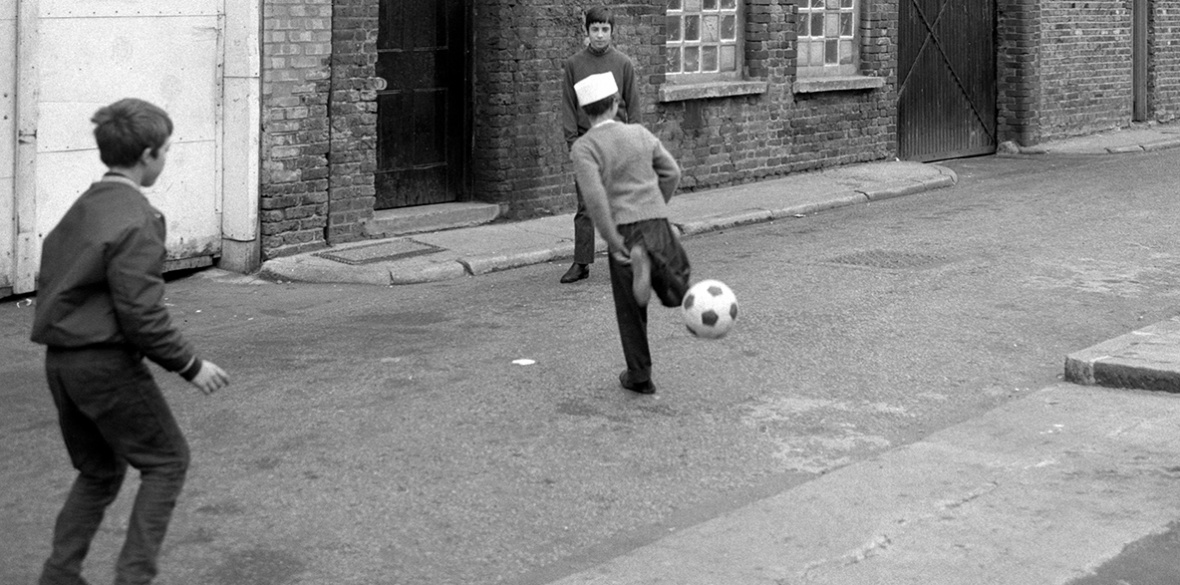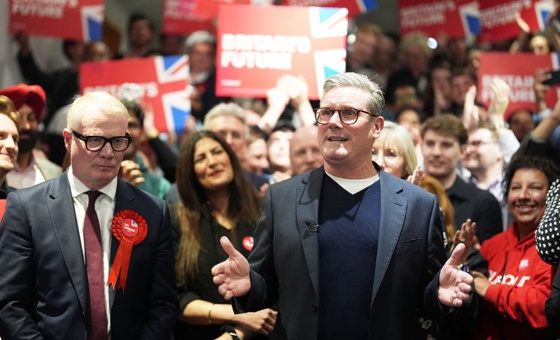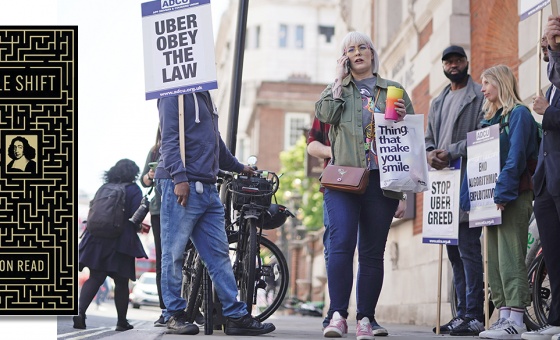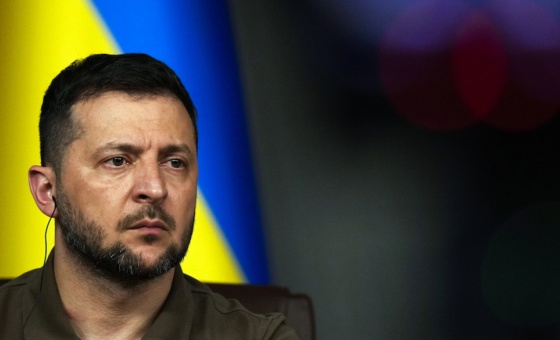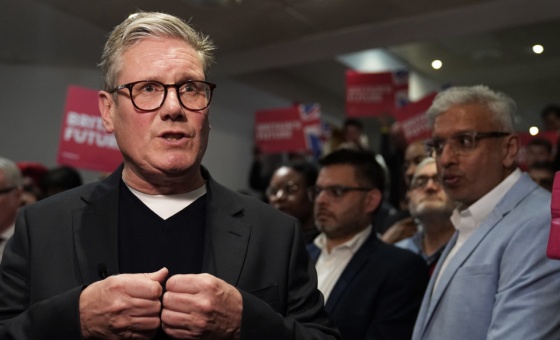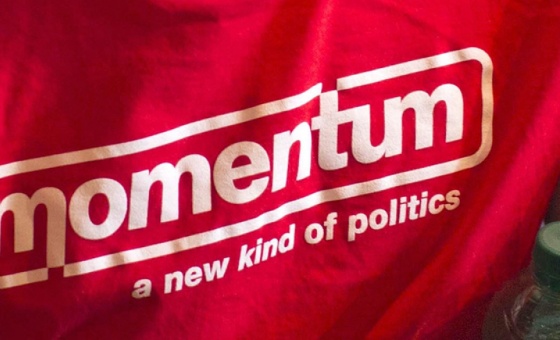This is the last article you can read this month
You can read more article this month
You can read more articles this month
Sorry your limit is up for this month
Reset on:
Please help support the Morning Star by subscribing here
CENTURIES before the modern game emerged from the English public-school system, medieval football was a game that could never be banned. Its raw and rebellious character worried the state, with these sporadic games providing spaces of autonomy from the crown and church.
Today, as a vehicle for social movement, there’s no stronger cultural engine than the world’s most dominant sport.
These last couple of years have reawakened the role that sports plays in society: that the cultural landscape is a site of social struggle, and provides stable spaces to foster activism and tackle hegemony.
We saw flashpoints of this after the police shooting of Jacob Blake in the United States, triggering boycotts across professional sports from basketball to hockey and tennis, forcing the more conservative US labour movement to react: labour leaders representing millions of teachers, truck drivers, and auto workers threatened stronger protest tactics; the athletes “remind us that when we strike to withhold our labour, we have the power to bring an unjust status quo to a grinding halt,” the union leaders said in a statement.
Elsewhere, mounting criticism of the British government’s refusal to provide free school meals to children of low-income families, as well as a food voucher scheme for poor families, led to reversals in government policy, the highest-profile opposition figure being Manchester United striker Marcus Rashford, whose own experience of growing up in poverty shaped his decision to get political.
What’s the left to do with football?
Yet many on the left dismiss the role of sports in politics, especially football, citing its dulling of the revolutionary spirit of the working class. Terry Eagleton wrote it off, saying: “Nobody serious about political change can shirk the fact that the game has to be abolished.”
But football, with its enormous cultural power, is able to create stable cultural space for communities to coalesce and form strong community bonds and participate in local struggles.
Unlike many Marxists who have viewed culture as a direct reflection of the values of the dominant class, Gramsci saw it as an ideological battleground: that political power can also be won within a society’s culture.
Looking — with Gramsci’s glasses — across the landscape of civil society, everything from books and TV series to music and sports are sites of competing narratives, contesting common sense of the society we live in and using culture to counter the dominant narratives of those in power.
And football as a cultural tool has been doing this since medieval times.
Football as rebellion
Forms of football have been around for centuries and emerged on multiple continents. In ancient China, a game called cuju was played by the military to boost fitness, which later spread in popularity among the royal courts and upper classes.
In the Aztec empire, a football-like game called tlachtli served the needs of religion rather than the military, with the winners sacrificed to the gods, according to one set of rules.
As instruments for military and religious purposes, these games were accepted within the cultures in which they were born, having been adopted and cultivated by the state and religious authorities.
In medieval England however, football has radical roots. Games sprung out of the working people in many local areas and ranging in rules, played by many in small towns and villages. These sporadic bursts of cultural autonomy, not directly linked to state or church, worried the crown, which connected it with disorder and rebellion and tried to ban the sport dozens of times between the 14th and 17th centuries under punishment of imprisonment, fines and humiliation in the stocks.
Football in the Middle Ages was not only played with passion and aggression, it was played in protest at the Inclosure Acts that, beginning in the 17th century, closed common land and converted it into private property, displacing communities and prohibiting the people from using the land.
In response, local communities kicked off, and football, mostly played on the commons, was played under the pretence of protest, damaging infrastructure such as fencing and generally causing riots. In medieval England, football was rebellion.
From the public school to the people
Local variants of football continued to be kicked right into the Industrial Revolution. The British public-school system would standardise the game and keep possession until it was challenged by a working class who, under the Factory Acts of the mid-19th century, were now limited to working 10-hour days, with stoppages on Saturdays at 2pm.
Limiting the working time provided people with a semblance of free time. It created a stable cultural space away from the authoritarian state, factory management and the church. And football would soon become the national game, with clubs being set up all across the country.
The world’s game
While the British empire was peaking towards the end of the 19th century, its imperialist network increasingly focused on a key port city in the young independent nation of Argentina.
At the time, the Argentinian government was conquering vast tracts of land to the south through genocide, drawn by the gigantic flat plains ideal for large-scale agriculture — and imperial exploitation. The British had been investing in transportation infrastructure for decades, particularly the railways. By 1890 there were 5,000 steel railway tracks chugging into the great farm estates, all converging on the port city and capital, Buenos Aires.
British ships docked in Buenos Aires with iron, railway supplies, textiles, Welsh coal and football, unloaded by sailors and soldiers and played around the port. The locals picked it up fast and it spread through the capital before being transported throughout the interior of Argentina via the British-financed and
-managed railway lines.
A football league was set up by British residents in 1891, the first to be established outside of Britain, but soon lost possession to the local Argentinians, who set up popular clubs that were organised in shipyards and railroad workshops.
It took root among the working class of Buenos Aires, though socialist and communist organisations were conflicted over the new sport and its implications for revolutionary mobilisation and strategy. One leftist newspaper, La Protesta, plainly stated that football was a “pernicious idiotisation caused by the running after a round object,” while others saw it as an imperialist tool to keep the working class in their place.
But plenty of Argentinian leftists affirmed the value of football, including an anarchist group that, in 1904, founded the football club Martyrs of Chicago in honour of anarchists who were killed in the Haymarket riot in the US city 20 years earlier. Its colours — red and white — were dedicated to Argentina’s first elected socialist, Alfredo Palacios.
Two years later, on May 1, another team was founded at the local Socialist Party office, called Chacarita Juniors.
Martyrs of Chicago would later rename themselves Argentinos Juniors, and go on to become one of the country’s most distinguished clubs.
By the 1930s football had travelled the world and firmly established itself as the international game; the greatest cultural product shared by many nations, football was packed with latent social power.
It would be used to bind local communities in their fight against injustice, but also picked as a tool by the state to gain broader support, and wield soft power.
The next article in this three-part series looks at the authoritarian state’s fascination with football, and why right-wing groups head to the turnstiles.

